Humour in digital marketing - successes and pitfalls
Advertisers have long known that humour can provide the most memorable and positive brand associations. But can it work in digital?
Barriers to humour in digital
In digital marketing, humour can end up being restricted or ruled out. Why? The risk of backfiring and becoming the joke; the lack of space and short video lengths. You also have less control over the context your ad might appear in - in a feed, next to a tragic news item, for example. When people are doom scrolling, will your funny ad suddenly lift them out of it?
It’s not impossible, however - it just has to be more focused than a short cut of your TV ad or a funny tweet about something which has already gone viral two days ago. We’ve broken down the elements you need to take into account when getting a laugh with your digital strategy - and the potential sink holes to avoid.
Timing is nearly everything
Trends on Tiktok rise and fall; as do memes across the web, whether they originate in news stories, TV shows, or an inexplicable combination of sources (later tracked down to a message board).
For advertisers, jumping on the latest meme seems safe - they’ve become memes because they appeal to people. You can survey the most successful posts and come up with your own spin, then harvest the reacts in your brand engagement tracker. It’s a spin of a lottery - get in early and as creatively as possible, and there’s a higher chance your post will get wide attention and surface in wider media.
Is the ultimate goal to be so ahead of the curve, you yourself are the source of the trend? Thousands have tried. The results can’t be planned.
To get the timing right, you need dedicated resource with the authority and experience to do things quickly without sign off from 5 different people.
Going rogue, or going official
Entering an environment of social media and messaging, online ads enter more closely into a field of personas than OOH. Your friends don’t contact you via TV spots and billboards (unless they have large budgets), so however much ‘personality’ you inject into these formats, online you’ve definitely gone a step further.
Building personas which seem natural and spontaneous while also being knowing, is the key to humour in digital right now. There are two key types - rogue insider, and official.
Brand social media has seen the rise of the ‘rogue insider’ - someone speaking through an official account whose voice acknowledges - with a wink - that they are also just a person at a laptop or phone somewhere, just like their audience. It’s relatable, and also taps into something inherently ridiculous about someone pretending to ‘be’ a company interacting with other companies. On TikTok this can result in ‘My boss said not to make TikToks during important meetings’ type posts. A great case study of the form has been provided by Channel 4 on Threads, who doubled the rogue persona with a ‘challenger’ platform.
The official persona of a brand can also have fun - in the kind of way that only a sentient corporate logo can. For example, KFC often get this right. In 2018 they reacted to a critical chicken shortage with a post saying FCK, which went down well online and got shared. Here’s a recent post:
Which leads us on to…
Making fun of competitors
Are you doing something better, are your products better than your competitors? Is there humour to be gleaned here, without falling into a ‘negative’ space? Consumers don’t like negative campaigns in general - unless the target is ‘the whole industry’, which you have moved ahead of with your latest offer.
Not only is it unclear if you can ever get good brand recall from a negative competitor ad, you may well attract ASA investigations and online feedback on any claims you make vs competitors. A recent example: Nationwide having to clarify that they have shut branches, they just don’t plan to again in the future.
You’ll like this one… won’t you?
Audience targeting potentially allows online humour to work better - it can be less broad. Don’t make assumptions, however, as Huel found with ads targeted at students needing to save money.
A bit of research goes a long way in working out how humour will land amongst a particular audience. Your campaign targeting parents with babies needs to have input from a parent. And so on.
Don’t invent new angles which might not work - go back to your core proposition and the real needs your product or service is addressing. Snickers, for example, know full well what need their product addresses: hence ‘You’re not you when you’re hungry’ and other ‘hangry’ ads landed well. In particular, they used the idea of ‘misspelling words when you’re hungry’ in a PPC campaign targeting common misspells in general. - playing on the campaign’s headline: SNIKCERS, you’re not you when you’re hungry.
The punchline
People you like make you laugh. Funny ads increase reach and engagement - and in particular online, the likelihood of someone sharing your ad, expanding your impact beyond a two second moment. Time to think about what really makes you laugh right now and start from there.







